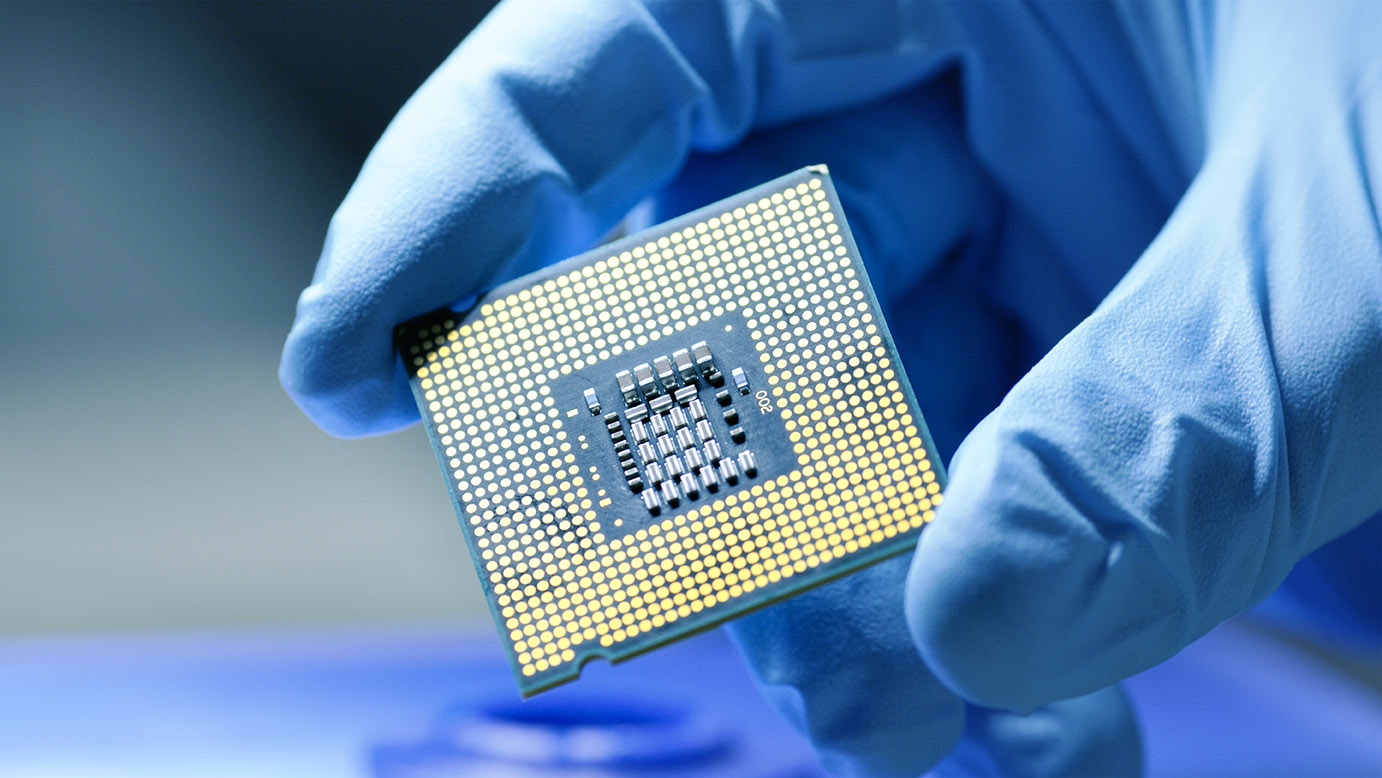Spin coating generally involves applying a thin layer of film across the surface of a substrate by coating a solution onto the desired material in a solvent while rotating. The high-speed rotation of the item you are coating results in centripetal force pulling the liquid coating into an even covering on your desired material. This results in a thin even covering on the targeted material. The uniformity of this method is an incredible benefit when applying a coating to any material.
Spin Coating Techniques
There are many different techniques within the spin coating “umbrella”. Two of the more popular methods include dynamic dispense spin coating and static dispense spin coating.
Related Post: Common Spin Coating Applications
Dynamic Dispense Spin Coating Technique
Dynamic dispense spin coating uses a pipette to dispense a uniform amount of coating during the application process. The item is spun until the desired rpm is reached. Then we apply the entirety of the coating as near to the center of the substrate as possible in a quick, smooth motion. The speed and centripetal force help to ensure uniformity of the spin coating. With this method, we want to ensure the full amount of coating is applied at the same time. When the application is done over multiple “drops” a uniform thickness is very difficult to achieve. When the dynamic dispense method cannot be used, because of special circumstances or difficulties the static dispense spin coating technique is used.
Static Dispense Spin Coating Technique
Generally, these special circumstances require that spin speeds be lowered below the speed at which a dynamic dispense spin coating technique would require. This method requires that we place the entire amount of the coating substrate to the desired material before beginning the spinning process. After the coating is applied to the material we begin the spin process, generally at lower speeds than what is used with the dynamic dispense technique.
Related Post: What Is Spin Coating?
While this method can be used in special circumstances, it does have some downsides. The solvent in the coating has some time to evaporate before the spin coating process begins. For high vapor pressure solvents, the time between application and the spin coating process can be critical and will make a difference in film thickness and quality. If this method is used, have experienced professionals, such as our Coating Systems experts, makes all the difference in achieved quality.
Contact Coating Systems Today
If you are in need of a spin coating application, or any other coating technique, Coating Systems has the experience and knowledge to get you the best results in the industry. Contact us today to discuss coating options for your industry.


